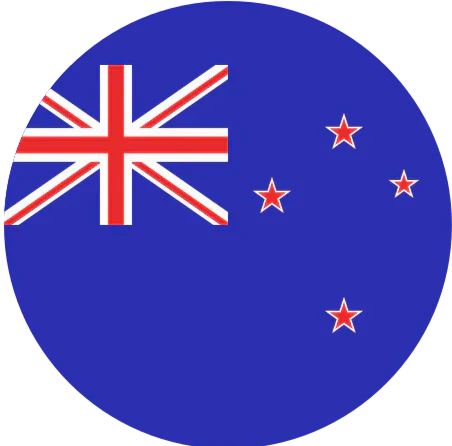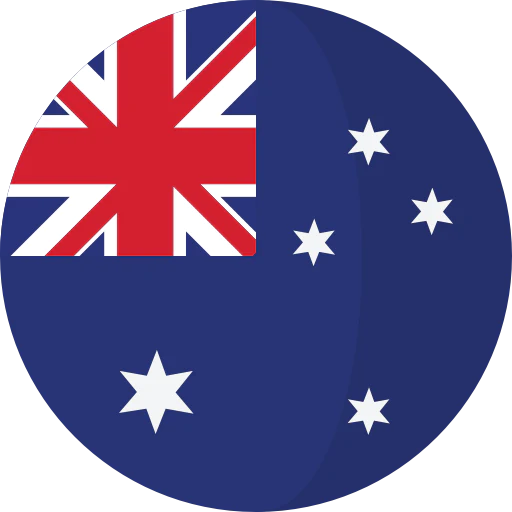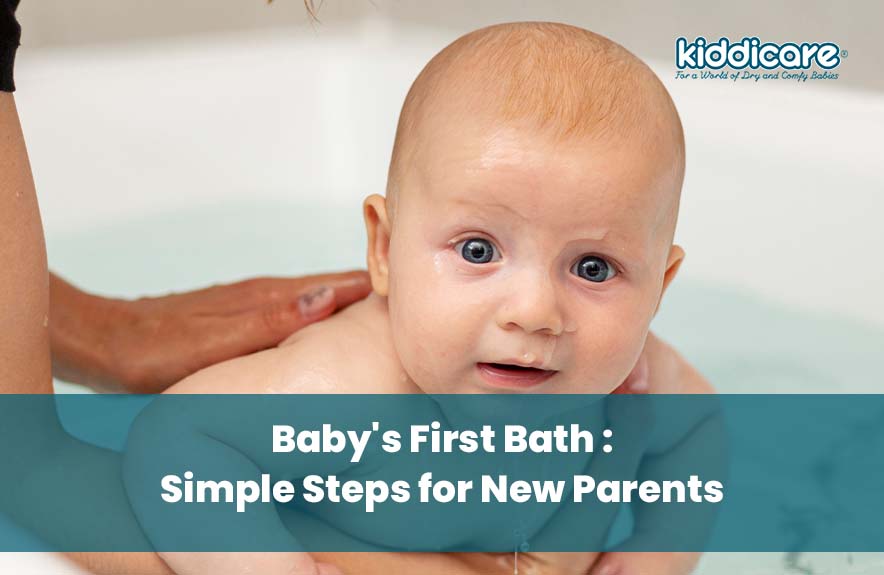Bringing a newborn home is an exhilarating and often overwhelming experience. Among the many firsts you'll encounter, baby's first bath is a significant milestone. It can feel daunting, but with a bit of preparation and the right approach, it can be a beautiful bonding experience for both you and your baby. This comprehensive guide, tailored for new parents in Aotearoa (New Zealand), will walk you through everything you need to know to make your baby's first bath and subsequent baths a safe, enjoyable, and memorable occasion.
When to Give That First Bath: The Golden Rule in NZ
One of the most common questions new parents ask is, "When can I bathe my baby?" In New Zealand, the prevailing advice from lead maternity carers (LMCs) and health professionals is to delay the first full bath until your baby's umbilical cord stump has dried and fallen off completely, and the area has healed. This usually takes anywhere from 1 to 3 weeks.
Why the delay? The World Health Organisation (WHO) and New Zealand's Ministry of Health recommend this for several important reasons:
- Vernix Caseosa: Your baby is born covered in a white, waxy substance called vernix caseosa. This natural, protective coating acts as a moisturiser, antioxidant, and antibacterial barrier. It helps regulate your baby's temperature, protects their delicate skin, and offers immunity benefits. Washing it off too soon removes these vital protections.
- Temperature Regulation: Newborns struggle to regulate their body temperature. A bath, especially if the room isn't warm enough, can cause their temperature to drop rapidly, leading to hypothermia.
- Umbilical Cord Care: Keeping the umbilical cord stump dry is crucial for preventing infection. Submerging it in water can delay healing and increase the risk of bacterial growth.
Before the First Full Bath: Top and Tail Washing (Top Priority in NZ)
While you wait for the umbilical cord to heal, you'll be doing what's known as "top and tail" washing. This is an essential daily routine in New Zealand homes for keeping your baby clean and fresh.
What you'll need for a top and tail wash:
- Two small bowls of warm water (test temperature with your elbow – it should feel comfortably warm, not hot)
- Several clean cotton wool balls or soft washcloths
- A clean towel
- A fresh nappy and clothes
- A warm, draft-free room
How to do a top and tail wash:
- Preparation is Key: Ensure the room is warm and all your supplies are within easy reach. Never leave your baby unattended, even for a second.
- Eyes: Dip a cotton wool ball in the first bowl of water, squeeze out excess, and wipe gently from the inner corner of one eye outwards. Use a fresh cotton wool ball for the other eye. Avoid using soap around the eyes.
- Face: Use a fresh cotton wool ball or a corner of a washcloth from the first bowl to gently wipe your baby's face, including around the nose and mouth, and behind the ears.
- Neck: Pay special attention to the folds in your baby's neck, where milk and dribble can collect. Use a fresh cotton wool ball.
- Hands: Wipe your baby's hands, especially between their fingers, as they often clench their fists.
- Second Bowl for Bottom Half: Now, move to the second bowl of water for the bottom half of your baby's body to prevent cross-contamination.
- Genital Area: Gently wipe your baby's genital area from front to back. For baby girls, wipe from front to back, gently separating the labia as needed. For uncircumcised baby boys, simply wash the outside of the penis and scrotum; do not retract the foreskin.
- Bottom: Clean your baby's bottom thoroughly.
- Dry Thoroughly: Gently pat all areas dry, especially in skin folds, to prevent nappy rash and irritation.
- Nappy and Dress: Put on a fresh nappy and dress your baby in clean clothes.
Baby's First Full Bath: A Step-by-Step Guide for NZ Parents
Once the umbilical cord has healed, you can introduce your baby to their first full bath. This should be a gentle, calm experience.
What you'll need for a full bath:
- A baby bath tub or a clean sink with a non-slip mat (never use a full-sized bath for a newborn)
- Soft baby washcloths
- Baby-specific mild, pH-neutral cleanser or soap (optional, many parents prefer just water for newborns)
- Two clean towels (one to wrap around them, one to place under them)
- A fresh nappy and clothes
- Baby lotion or massage oil (optional, for after the bath)
Before the Bath: Essential Preparation
- Warm the Room: Ensure the room is comfortably warm and free of drafts. Close windows and doors.
- Gather Supplies: Arrange all necessary items within easy reach. Once your baby is in the water, you cannot leave them, even for a second.
- Prepare the Bath Water: Fill the baby tub or sink with about 5-7 cm (2-3 inches) of warm water. Crucially, test the water temperature with your elbow or a bath thermometer. It should be comfortably warm, around 37 °C to 38 °C. Never put your baby in running water, as the temperature can change rapidly.
- Undress Your Baby: Gently undress your baby. You might want to wrap them in a towel initially to keep them warm until you're ready to put them in the water.
- Calm Yourself: Take a deep breath. Your baby can sense your stress, so strive for a calm and relaxed demeanor.
During the Bath: Gentle & Safe
- Support Your Baby: Carefully lower your baby into the water, keeping them supported. Support their head and neck with one hand, cradling their body with your forearm. Your other hand is free to wash. Many parents find it easiest to hold their baby like a rugby ball or with one arm under their head and the other under their bottom.
- Start with the Head: Gently wet your baby's head with a wet washcloth. If using a mild baby shampoo, apply a tiny amount, lather gently, and rinse thoroughly. Be careful to avoid getting water or soap in their eyes.
- Wash the Body: Using a clean, wet washcloth (and a tiny amount of baby wash if desired), gently wipe down your baby's body. Pay attention to all the folds: under their arms, behind their knees, between their fingers and toes, and especially in their neck creases.
- Genital Area: Wipe the genital area from front to back, as you would during a top and tail wash.
- Keep Them Warm: Throughout the bath, regularly pour warm (but not hot) water over your baby's chest and tummy to keep them warm.
- Keep it Brief: For newborns, baths should be very short – no more than 5-10 minutes to prevent them from getting cold and to prevent their skin from drying out.
After the Bath: Drying & Comfort
- Lift Carefully: With one hand supporting their head and neck and the other under their bottom, carefully lift your baby out of the bath.
- Wrap Immediately: Wrap your baby snugly in a clean, soft towel as soon as possible. A hooded towel is excellent for keeping their head warm.
- Pat Dry, Don't Rub: Gently pat your baby's skin dry. Pay extra attention to all skin folds to prevent moisture from getting trapped, which can lead to irritation or rash.
- Moisturise (Optional): If your baby's skin is dry, you can gently massage a fragrance-free baby lotion or a natural oil like coconut oil or grapeseed oil (ensure it's safe for baby skin) onto their skin. This is also an excellent opportunity for a gentle baby massage and bonding.
- Nappy & Dress: Put on a fresh nappy and dress your baby in clean, comfortable clothes.
- Cuddle Time: Enjoy some skin-to-skin contact or a warm, cozy cuddle. Many babies feel sleepy and contented after a bath.
Important Safety Considerations
- Never Leave Your Baby Unattended: This is the golden rule. Not even for a second. If you must leave the room, wrap your baby in a towel and take them with you.
- Water Temperature: Always test the water with your elbow or a thermometer. What feels warm to you might be too hot for your baby's delicate skin.
- Non-Slip Surfaces: If using a sink, ensure there's a non-slip mat.
- Bath Seats/Supports: If you choose to use a bath support, always stay within arm's reach. They are aids, not substitutes for supervision.
- Keep it Shallow: Only fill the bath with a few inches of water.
- Keep Baby Warm: Ensure the room is warm and wrap your baby immediately after the bath.
- Gentle Products: Opt for mild, fragrance-free, pH-neutral baby products, or just plain water, especially for newborns. Look for products endorsed by organisations like the Eczema Association of Australasia if your baby has sensitive skin.
- Frequency: Newborns don't need daily full baths. 2-3 times a week is often sufficient, along with daily top and tail washes. Too frequent bathing can dry out their skin.
- Enjoy the Process: This is a special time for bonding and creating lasting memories. Talk to your baby, sing to them, and make it a positive experience.
Cultural Considerations in Aotearoa
While the practical steps for baby bathing are universal, it's always good to be mindful of cultural practices. For Māori whānau, the arrival of a new baby is a profoundly significant event. Some whānau might have specific practices or karakia (prayers) associated with bathing or welcoming a baby into the world. If you are part of Māori culture or wish to understand more, connecting with kaumātua (elders) or your LMC about cultural practices can be enriching. The emphasis on warmth, gentle handling, and connection with the baby resonates strongly with Māori values of aroha (love) and manaaki (care).
Making Bath Time a Routine and a Joy
As your baby grows, bath time can become a cherished part of their daily or weekly routine. Many parents find it's a lovely way to wind down before bedtime. The warm water, the gentle massage, and the closeness with a parent can be incredibly soothing and help establish healthy sleep patterns.
Remember, every baby is different. What works for one might not work for another. Be patient with yourself and your baby. There will be splashes, perhaps a few tears, but mostly, there will be beautiful moments of connection and cleanliness. Embrace these early experiences, as they are fleeting and form the foundation of your incredible journey as a parent in New Zealand.
Summary
Baby's first bath is more than just about getting clean; it's about bonding, nurturing, and creating cherished memories. By following these simple steps, prioritising safety, and trusting your instincts, you can make this milestone a relaxed and joyful experience for you and your little one.




